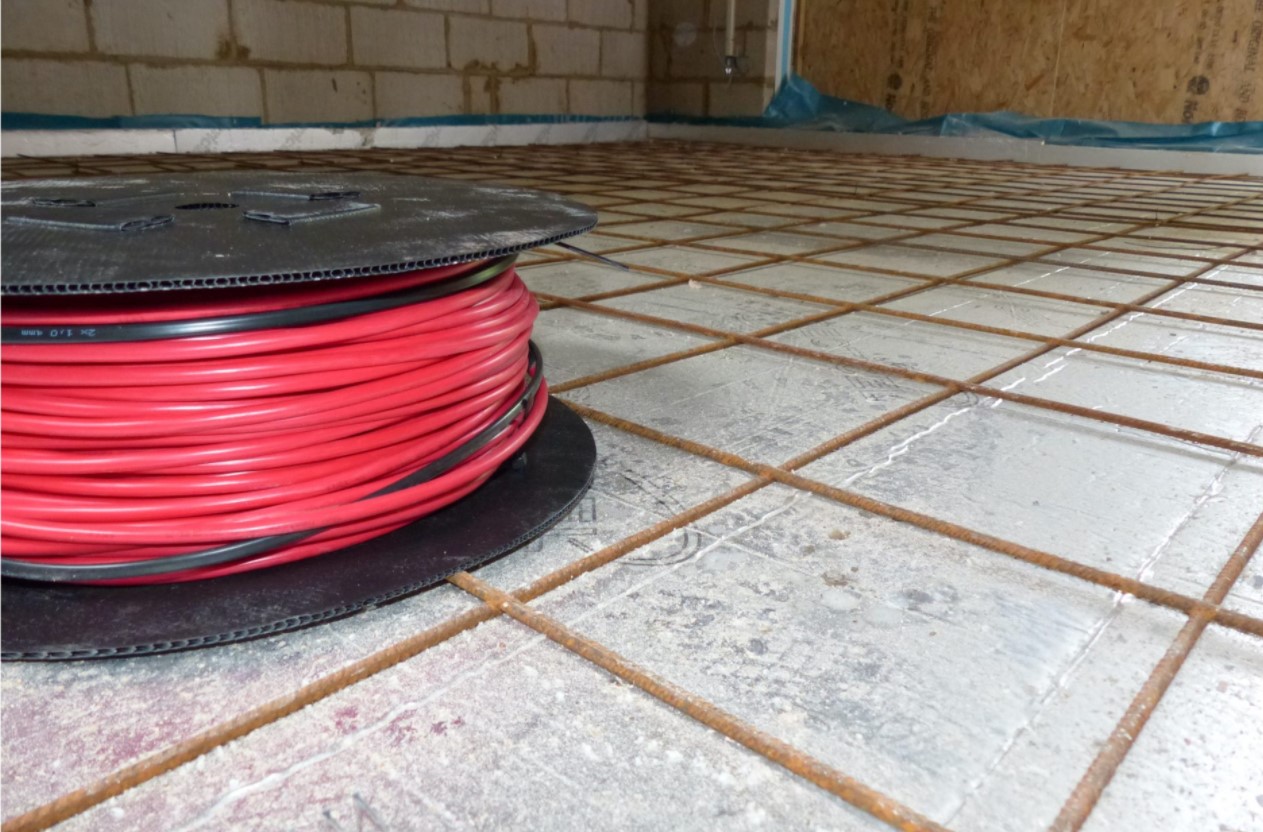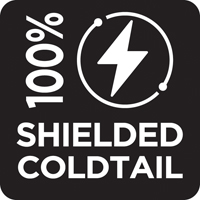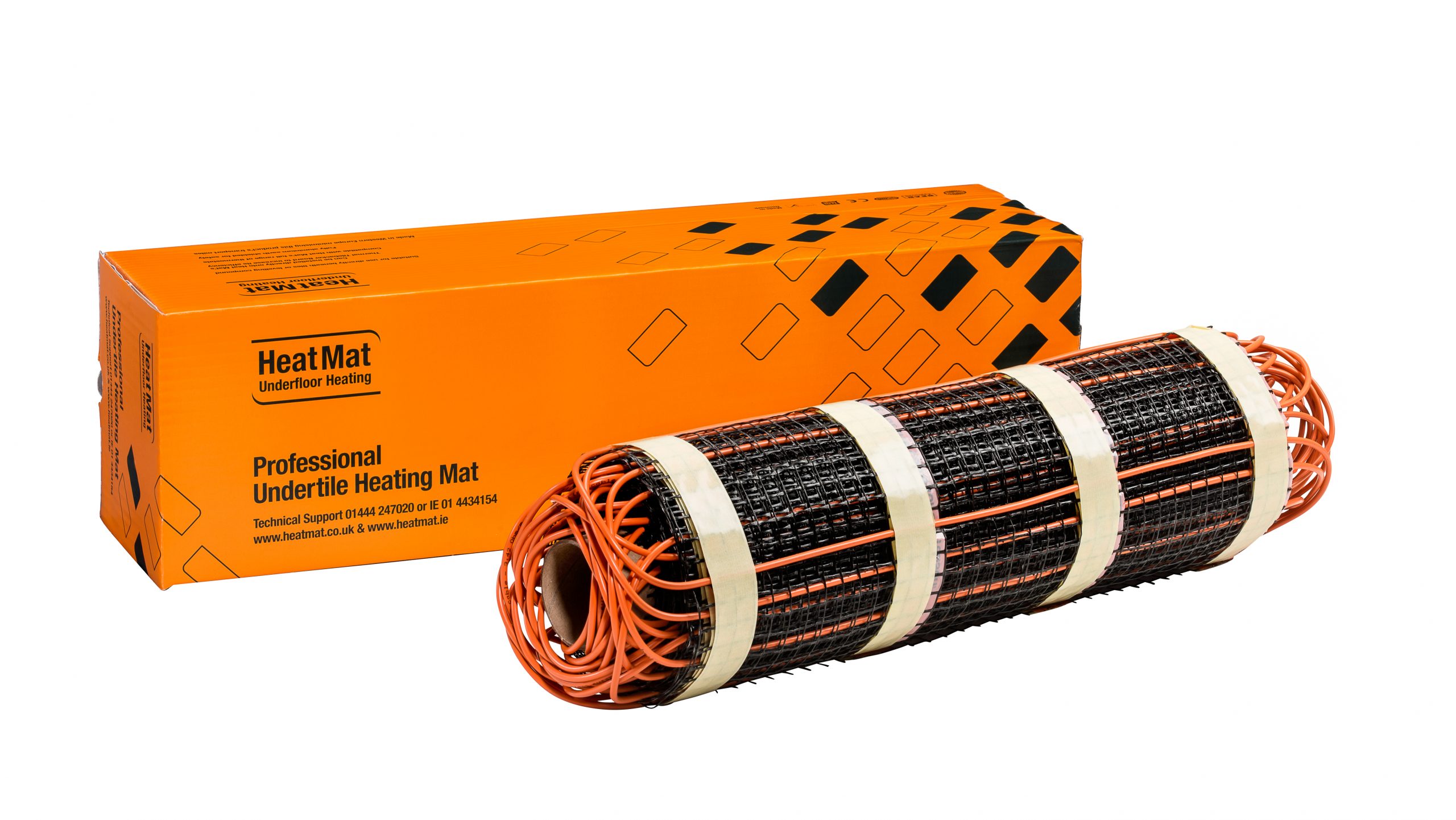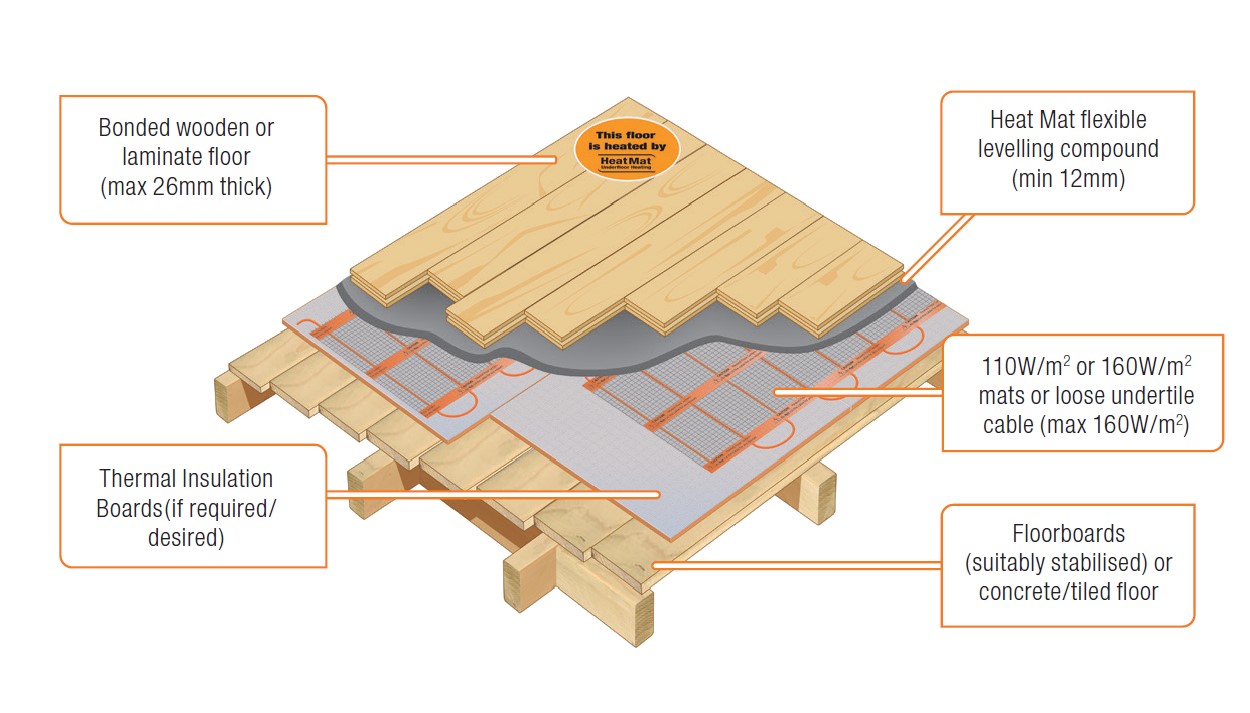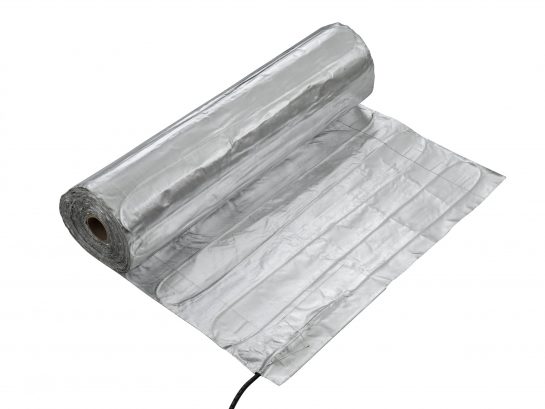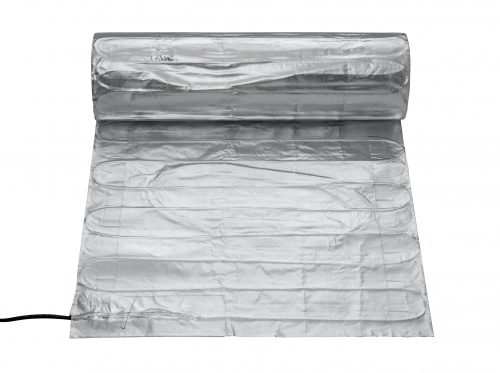Keeping JCB’s Helipad Safe from Ice and Snow
JCB recently upgraded its helipad to make sure it stays safe and clear of snow and ice. This means helicopters can land safely, even in the coldest weather.
The Problem: Snow and Ice Make Landings Risky
When snow or ice builds up on a helipad, it makes it slippery and hides the markings pilots need to land. JCB needed a way to stop this from happening, especially in winter.
The Solution: A Heated Helipad
Heat Mat designed a heating system just for JCB’s helipad. Here’s how it works:
- Heating in Sections: The helipad is split into parts, so heating cables fit neatly without crossing any joints in the concrete.
- Bespoke Heating Cables: They used strong, flexible cables that were easy to fit and provide even heating across the helipad.
- Automatic Controls: Sensors on the helipad detect when it’s cold or wet and turn the system on when needed. It switches off as soon as the surface is clear, saving energy.
The Result: Safe Landings Every Time
JCB’s helipad will stay clear of frost and snow all year round. The system runs automatically, so there’s no need to worry about managing it during bad weather.
Why It’s a Big Deal
This simple system makes sure helicopters can land safely without the worry of ice or snow obscuring markings or making he landing pad slippery. It’s a great example of how technology can solve real problems.
Want to read the full case study? Case Study JCB Helipad Heating System
Want to know more about heated helipads or snow-melting systems? Visit www.heatmat.co.uk.



